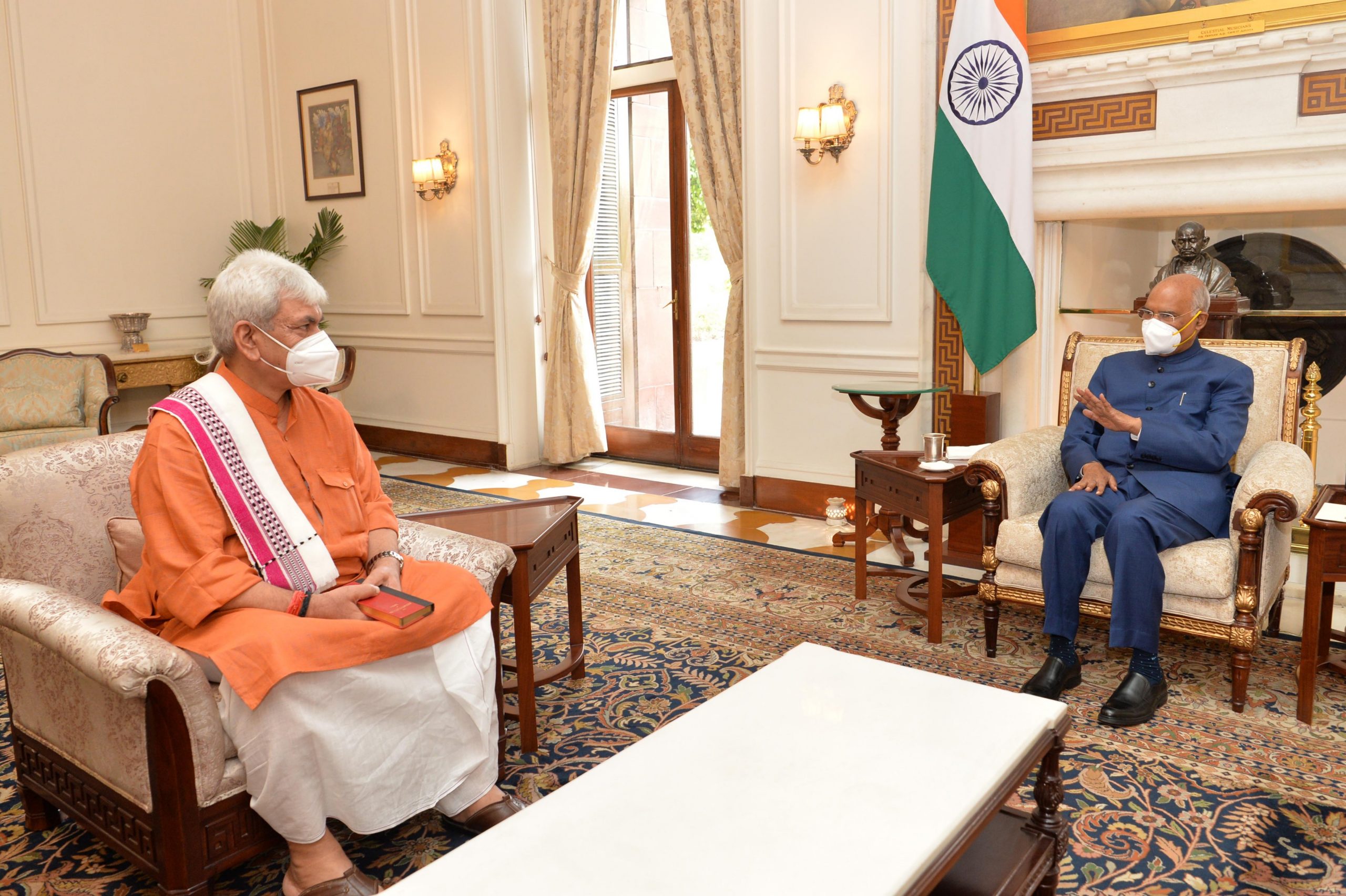
INDIA has moved key elements of the Army’s “1 Strike Corps” otherwise tasked westwards, to eastern Ladakh, media reports have said. This includes armoured formations, infantry combat vehicles, besides troops. This effectively means that the formations of the Mathura-based One Strike Corps have also been reoriented towards the Northern border. The Army has also deployed over 15,000 additional troops in eastern Ladakh to counter China. These troops were part of the army’s counter-insurgency units in Jammu and Kashmir.
If anything this shows there has been little change in the situation along the Line of Actual Control since China staged incursions along its four points and captured around 1000 square kilometre land. Though the two countries have since resolved the stand-off along Pangong Tso lake, the stalemate along the other three points – Galwan Valley, Hot Springs and Gogra – persists. And it is unlikely to end anytime soon. And considering the two countries are only bolstering their troop presence in Ladakh, the conflict looks set to continue for now.
India wants China to go back to status quo ante as it existed in April last year but Beijing is in no mood to do so. On the contrary, the People’s Liberation Army has enhanced its military profile on the border by deploying thousands of its soldiers and equipment. In recent years China has reportedly more than doubled its total number of airbases, air defence positions and heliports near the Indian border.
This has now become a high stakes war of nerves between the two countries. However, this time New Delhi is approaching the situation very cautiously and waiting if China’s intermittent statements of reconciliation are translated into action. There is also the realisation that the complete de-escalation will be a long haul.
The current stand-off with China has been the bitterest since the 1962 war. This time China has aggressively asserted its claim to its side of the LAC and also captured strategic areas in Galwan Valley, Hot Springs and Gogra besides trying to push in along the LAC in Arunachal Pradesh and Sikkim. So, resolving these issues will take time. But the dis-engagement in Pangong Tso is a positive development. This allowed for dialogue to take place. A lot will depend on China’s behaviour in the near future. We can only hope that the communist country sticks to the path of dialogue and gives precedence to sorting out the issues peacefully than unilaterally changing the facts on the ground.
Follow this link to join our WhatsApp group: Join Now
Be Part of Quality Journalism |
Quality journalism takes a lot of time, money and hard work to produce and despite all the hardships we still do it. Our reporters and editors are working overtime in Kashmir and beyond to cover what you care about, break big stories, and expose injustices that can change lives. Today more people are reading Kashmir Observer than ever, but only a handful are paying while advertising revenues are falling fast. |
| ACT NOW |
| MONTHLY | Rs 100 | |
| YEARLY | Rs 1000 | |
| LIFETIME | Rs 10000 | |













